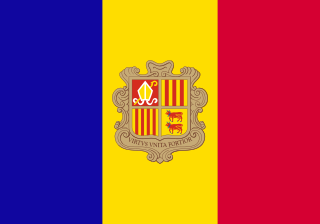This is a list of countries by Gross National Income per capita in 2017 at nominal values, according to the Atlas method, an indicator of income developed by the World Bank.

Per capita income (PCI) or average income measures the average income earned per person in a given area in a specified year. It is calculated by dividing the area's total income by its total population.
The Atlas method is a method used by the World Bank since 1993 to estimate the size of economies in terms of gross national income (GNI) in U.S. dollars.
The World Bank is an international financial institution that provides loans to countries of the world for capital projects. It comprises two institutions: the International Bank for Reconstruction and Development (IBRD), and the International Development Association (IDA). The World Bank is a component of the World Bank Group.
Contents
- Methodology
- List of countries and dependencies
- High-income group
- Upper-middle-income group
- Lower-middle-income group
- Low-income group
- No Data
- See also
- Notes and references
- External links












